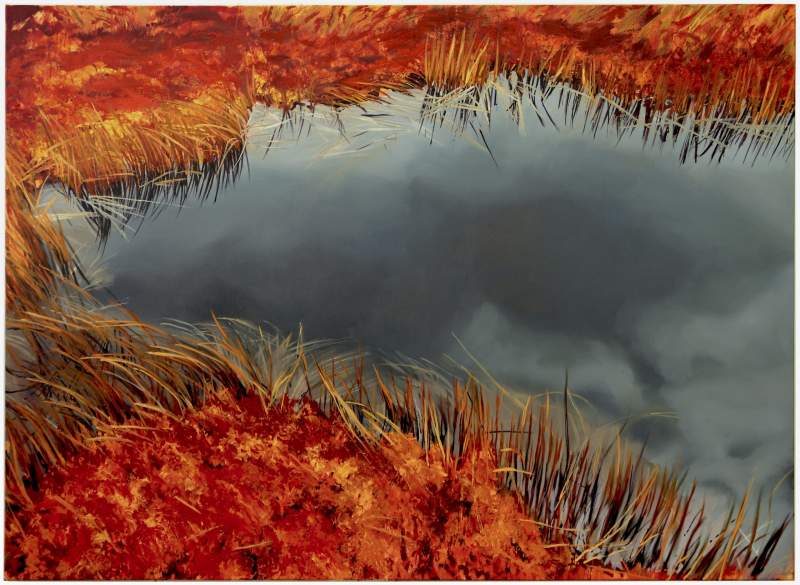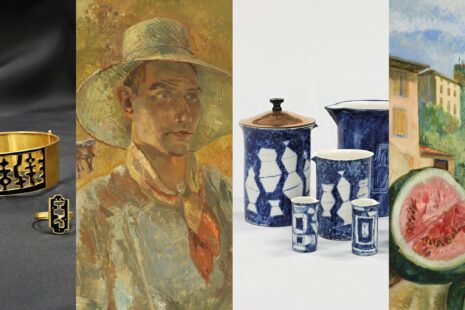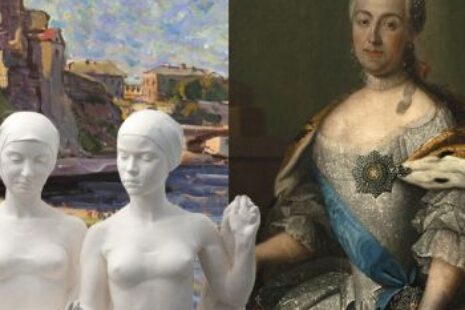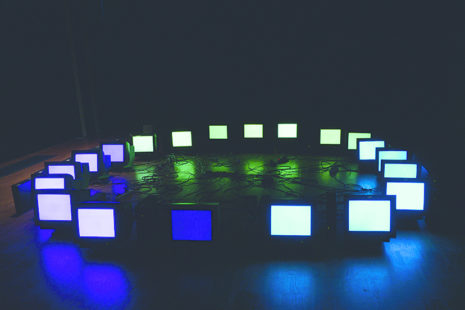The typical landscape painter of the past depicted a seemingly unspoilt nature. From the very beginning, nature provided the backdrop on which gods and heroes were represented. A genre developed out of this in which nothing but nature was transferred onto the canvas. The expression ‘landscape’ denoted this art form, and was originally used when referring to Dutch paintings depicting natural settings. Thus from nature, culture was derived. A distinction was made between human and nature, and painting helped fortify the division between the two. The landscape became a sort of canvas upon which the artistic play of humanity was set.
Today we are acutely aware that climate change leaves no landscape untouched. Human life and the subsequent impact we have on the world are a deeply rooted part of the environment. We can no longer distance ourselves from nature, depicting it from afar. What does this imply for the future of landscape painting as a genre? And above all else, what can contemporary landscape painting mean for the environment it portrays? With this exhibition, Bonniers Konsthall sets out to grasp questions related to our historical and current relationship to nature via the artistic genre of landscape painting. Alongside historical work the exhibition shows a number of contemporary artists, all tackling the tradition of landscape painting in some way, and focusing their attention on nature and the environment. The exhibition offers us the chance to face our currently disappearing landscape, to see how it appears and how it is expressed. At times, the current climate catastrophe is obvious. At other times, not at all.
The historical artworks in the exhibition primarily belong to the period before the last turn of the century, a time marked by a new phase in the industrial age. Prior to the 1900s, it was impossible for humanity to pollute the air on a global level. Beginning in the early 20th century, however, the construction of massive industrial centres, as in the German Ruhr region, began. Acid rain became a symptom of high sulphur emissions.
In 1848, legislation was passed in Sweden which simplified the process for industries to procure capital. The goal was to expedite the process of industrialisation. The law stated that shareholders were freed from being held personally responsible for the company’s activities, and that the value of shares were only lost if the company were to go bankrupt. This resulted in the second industrial revolution of the century, and a drastic expansion of the Swedish forestry, iron and steel industries. During this time, in 1909, the Swedish parliament established the first national parks. The lines difference between which “nature” to enjoy and which to consume were starkly drawn.
Around the same time that industrialisation was quickly advancing in Sweden, oil paint first became available in tubes – in 1841 to be precise. These tubes would come to revolutionise painting. At the turn of the century, they were so easily available that it was no longer a great ordeal for artists leave the studio and work outdoors. This, along with increased access to transport such as trains, enabled both professional and amateur artists to easily move around with their painting supplies. In these ways, this period had a crucial impact on both the landscape and landscape painting.
The landscape still remains a motif in contemporary art. The problems with the environment serves as the subject of a painting at times, but not always. However, whenever depicting nature today, contemporary artists must surely be aware that the landscape is undergoing a historical transformation. An underlying connection to the current climate catastrophe is inevitable, whether or not it is made visible in the work.
Gallery name: Bonniers Konsthall
Address: Torsgatan 19, Stockholm
Opening hours: Wed 12:00 - 20:00, Thu-Sun 12:00 - 17:00
Open: 22.01.2020 - 29.03.2020







